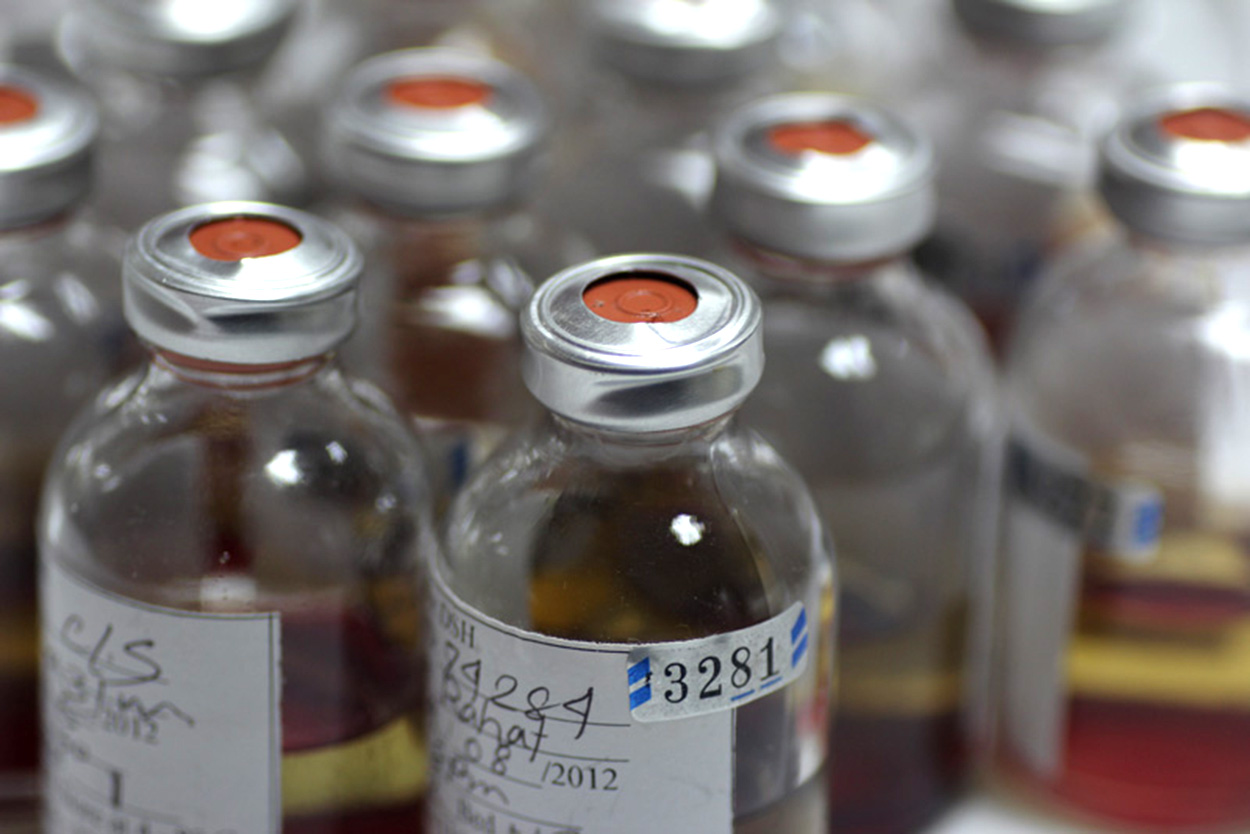
SEPA: Funded by Sabin Vaccine Institute (BMGF Grant)
Objective:
This project will support in managing the data generated by SEAP projects in Bangladesh, Nepal and Pakistan.
Summary:
The Child Health Research Foundation (CHRF) with support from ICDDR,B will serve as the Data Coordination Centre (DCC) for phase II of SEAP project in Bangladesh, Nepal, and Pakistan.. The team has extensive track record of managing large data sets generated from large community-based multi-country and sentinel site based studies. In the recent years, the data management team members are involved in processing the data generated from Aetiology of Neonatal Infections in South Asia (ANISA) which covered a population of about 600,000 (Saha et al PIDJ 2016, Arifeen et al PIDJ 2016; Saha et al PIDJ 2016a). The team is also managing the data generated through demographic surveillance system (DSS) covering a population of about 280,000 in Mirzapur, Bangladesh, since 2007. The data team was involved in Simplified Antibiotic Trial (SAT) which was implemented in 4 sites in Bangladesh and one site in Pakistan (Baqui, Saha et al Lancet Global Health 2015). The same team, referred as Data Coordination Center (DCC) hereafter, will manage the SEAP data in three countries. The detail plan of the SEAP data management is given below.
DCC will be responsible for overall coordination and monitoring data collection and ensure quality of collected data. The specific responsibilities of the team include:
Scope of work:
- Development of data capture system for SEAP phase 2
- Testing and finalization of the system
- Train SEAP study sites on data collection system
- Implementation of the system at the SEAP study sites
- Troubleshooting problems related to data capture system and support study team as required
- Development of SEAP webpage for monitoring study progress
- Regular review of data to identify inconsistencies and incompleteness
- Communication with sites and coordination data cleaning activities
- Regular back up of data
- Regular sharing of data with Sabin Vaccine Institute (SVI)
- Lock database after final data cleaning
- Handover the final dataset to SVI
Data Capture System:
Two types of data entry system will be developed for capturing data. Smart Phone Application will be used for patient screening and enrolment, specimen collection, and follow-up. On the other hand Desktop-based Application will be used to capture laboratory data.
1. Smart phone application: JAVA program will be used to develop the mobile device (Samsung Galaxy Tab 4) application and it will run on Android (4 and above) platform.
2. Desktop-based application: The Data capture system will be designed by using ASP.NET code behind C# (Visual Studio 2010) which can be run in any windows platform (windows 2000/XP/Vista/Win7/Win8/Win10) and can be supported by both 32 bit and 64 bit operating systems.
The data entry interface will be configured to match the variables on the study data forms. The data entry system is secured by password, with different permissions for entry/editing granted to different study personnel.
